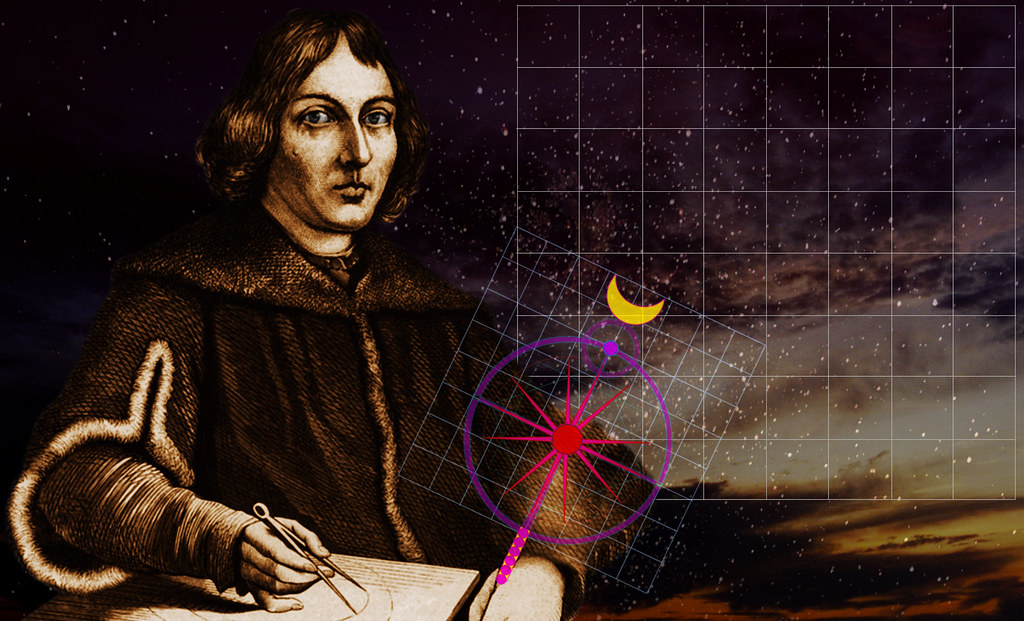The Copernican revolutions
The great changes, the new points of view. We have named them after Nicolaus Copernicus, who lived between the 1400s and the 1500s. Copernicus vigorously took up the Alexandrian inspiration of Aristarchus of Samos, proposing (and publishing posthumously) the heliocentric system. This revolution was first continued on the physics level and completed from a philosophical point of view by Galileo Galilei: his studies demonstrated that the heavens changed. That they were not a metaphysical hyper-uranium, but material bodies subject to becoming. To corruption.
The revolution was completed by Newton’s work: a single theory to explain the Earth and the Heavens. No longer the two worlds of the Aristotelian vision: the corruptible one and the “rectilinear” motions on the Earth and the incorruptible one and the “circular” motions in the Heavens. This too was a change of language. And a universal language – which would then be that of physical science.
And it was another, great, change of language when Immanuel Kant used the term “Copernican revolution” to talk about the way in which we organize the sensitive experience within ourselves.
Another Copernican Revolution occurred at the beginning of the 20th century, when it was understood that our Solar System was part of a Galaxy. Of a great city of stars. The universe of galaxies was born, of other cities of stars in addition to ours. And it was only in 1933 that the distancing of all galaxies from each other was observed, the great Movement of the Cosmos. The expansion of the Universe. Hubble’s Law.
The history of Copernican revolutions is a history of knowledge, knowledge of the world and of ourselves. It is an ancient and new history, which began at the very moment in which humans turned their gaze to the greatest of magnitudes: the Sky.
But why the sky? Why the reference to the immense? Because the sky has the same charm as the mountain. Or the sea at night. The ocean goes beyond the spatial and temporal boundaries of man as an individual: and contemplating it allows us to approach a higher temporal dimension. The sea will still be there – and for a long time – after the disappearance of us, individual men. Contemplating it allows us to pass from spatial infinity to temporal infinity.
And of course the Sky is the largest of all: it is the one that, even technically, even outside of metaphor, can be infinite. It is the sky of Copernican revolutions, like the most recent one, the discovery of extrasolar planets. Discovering that around other stars, around other suns, there are planets. Thousands, probably billions.
We live on a planet that is part of a solar (stellar) system. Like there are billions in our galaxy. Which is a galaxy among billions of other galaxies. Infinite. Indefinite.
Autori: Marco G. Giammarchi e Roberto Radice







0 commenti